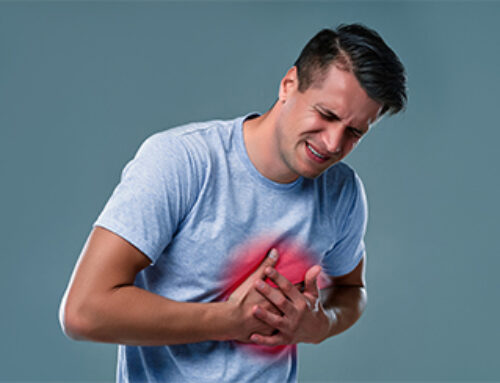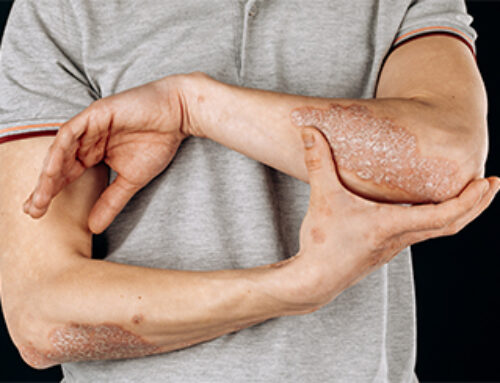Managing patients with chronic and endless pain is intellectually and emotionally difficult. The patient’s problem is often difficult to diagnose; and often appear emotionally distressed. There might not always be an organic pathology that can be visually seen. Hence, many a times, psychological evaluation and behaviour-based treatment paradigms are frequently helpful.The ideal treatment for any pain is to remove the cause; consequently determination ought to be first diagnosis and then followed by treatment options. Sometimes treating the fundamental condition does not promptly diminish the pain. Furthermore, some conditions are so severe and painful that fast and effective analgesia is essential (e.g., in case of post-operation, burns, trauma, cancer, sickle cell crisis etc.). Depression is the most common emotionaldisturbance in patients with chronic pain; patients should bequestioned about their emotions, mood, stress, daily activity, appetite, and sleep patternsin particular while taking an elaborate case history. In homeopathy case history, characteristics of location, sensation, modality (aggravation and amelioration), any other concomitant complaint, any unique symptom or sign or characteristics is also determined.
The long-term utilization of opioids is acknowledgedfor patients with pain due to malignancy. Although opioid usefor chronic pain of non-malignant origin is controversial, it is clear thatfor many such patients opioid analgesics are the best available option. Although addictionis rare in patients who first use opioids for pain relief, somedegree of tolerance and physical dependence are likely with long-termuse. Therefore, before initiating an opioid therapy, other alternativesshould be explored, and the risks and limitations of opioids should bediscussed with the patient.
Homeopathic medicines can be effective in treating patients with excruciating painful conditions. However, unlike conventional analgesicswhich are given to all patients medicines are given after careful assessment and evaluation of specific characteristics and are based on individuality. The following are a handful of remedies that might help in patients to treat pain
Arnica: It is the most commonly indicated remedy after any injury, trauma, childbirth, surgery, and jet lag. Effects of the following come within the range of action; bruises, contusions, especially bruises with well-marked ecchymosis (bluish red swelling), and concussions of the brain or spine; injuries with blunt instruments; swelling, accompanying fracture and profuse suppuration (pus). Hemorrhages (bleeding) of mechanical origin whether in the tissues or internal organs or skin. Injuries to muscles, especially when there is pain from overexertion. Arnica is also an excellent medicine before or after surgery since the body experiences a state of shock from these medical procedures. It is used as well before and after dental surgery, and before, during, and after labor to help the mother and infant deal with the shock and stress of birth. Retention of urine from over-exertion or from any injury, delivery; especially surgical interference during delivery. Inflammation of eyes after mechanical injuries and conjunctival or retinal haemorrhages. There is sore, lame, bruised feeling. Bed feels hard and the patient becomes restless. It helps reduce shock, relieve pain, diminish swelling, and begin healing. Thus, Arnica is the pre-eminent remedy for injuries, falls, bruises, concussions, strains and sprains. Also, snake bites come within the range of its action.
Bryonia: The grand characteristic of this remedy is “worse from any movement.” Bryonia is indicated for rheumatic pains that are stitching or tearing, that must be kept still. Muscles sore to touch, sometimes swollen, worse from least motion. Right sided affections. Patients requiring this medicine are often irritable, thirsty, and constipated. It is good for bursitis and pleuritis.
Chamomilla: Patients requiring this medicine are distinctively oversensitive, irritable, touchy, thirsty, hot, and may have numbness with the pain. They are so irritable, the pain is unendurable. This remedy is frequently indicated in children for teethingpain and pain due to middle ear infections. It is indicated in children when they always want to be carried; and when one cheek is either red while the other is pale. When the pain is so agonizing, nothing can satisfy her: she orders everyone to go out of the room or becomes capricious (she demands something, and as soon as it is given, she declines it and then demands something else). It calms the nerves and the excitability, and hence it is referred as the ‘opium of homeopathy’.
Ledum: is the best medicine for puncture wounds, whether from a needle, a nail, or other sharp object. Deep punctures or punctures from rusty nail and preventing tetanus. Ledum is commonly prescribed for insect stings and animal bites. It’s applicable as well to people with severe bruising (black eyes or blows from firm objects), especially if the affected part feels cold and yet feels relieved by cold applications.
Magnesium phosphoricum: This is a keynote remedy for patients suffering from severe pains, often which are cramping or neuralgic (nerve) in origin. The pains are relieved somewhat by warmth. It is givenin patients with toothache, or abdominal pain (like menstrual cramps), which gets ameliorated by bending double, warm applications, and applying pressure.
Rhus tox: This remedy is frequently indicated in patients with musculoskeletal problems that have pains and stiffness on beginning to move that is worse in damp weather, but they limber up with continued movement and feel better from the application of heat. There may be an injury (such as a sprain in the limb) or a backache due to strain or injury. This is often accompanied with marked restlessness.[/vc_column_text][/vc_column][/vc_row]







